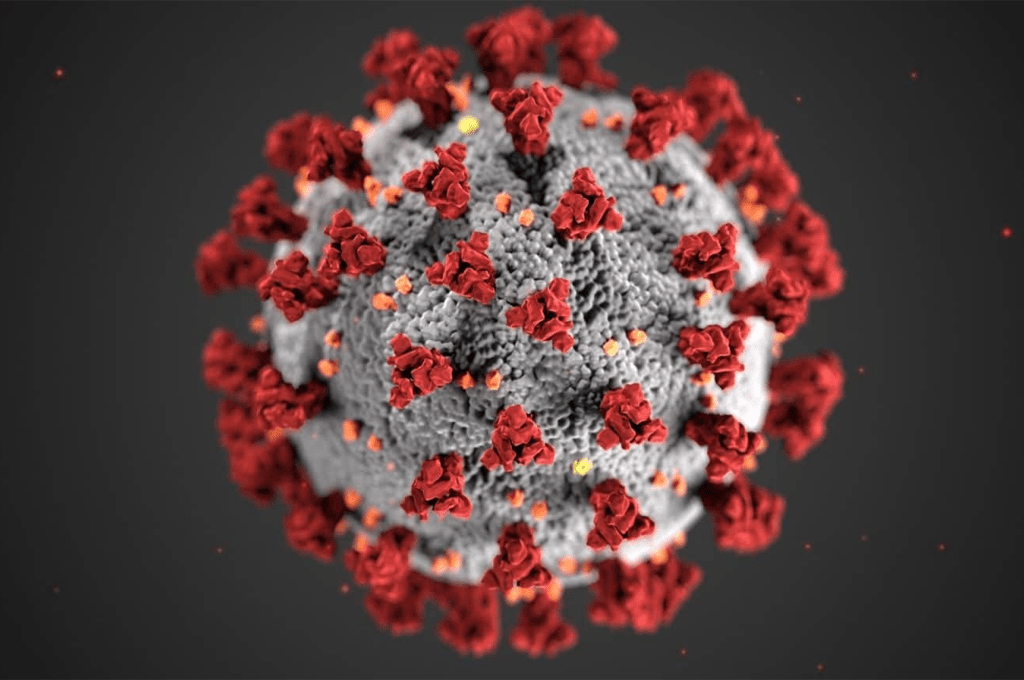Lizard genome mapped for first time
A lizard genome has been mapped for the first time ever, by an international research team led by Kerstin Lindblad-Toh of the Broad Institute (U.S.) and Uppsala University. The findings, which have just been published in the scientific journal Nature, identify similarities and differences among lizards, birds and mammals and suggest that the ability of lizards to quickly adapt to new environments may depend on a dynamic genome.
The green anole (Anolis carolinensis), a lizard found in the American Southeast, is only one of many species of anole lizard. In the course of their spread from South America to North America via the Caribbean islands, anole lizards established themselves in every possible ecological niche on the ground and in the trees. More than 400 species have been identified across South, Central and North America and the Caribbean. The special character of these lizards’ genetic configuration may explain their uncommon adaptability.
“It turns out that anole lizards carry a great deal of repetitive, “jumping,” “junk” DNA,” explains Professor Kerstin Lindblad-Toh of the Department of Medical Biochemistry and Microbiology at Uppsala University, who was the chief investigator for the study. “While repetitive DNA generally fails to fill a function, it can give rise to new functions as it jumps around a genome, which may explain the tendency of these lizards to adapt quickly to new environments.”
A comparison to Darwin’s finches is apt, though since the lizards are unable to fly, their spread to new environments has involved different means. By mapping and comparing bits of DNA present in 90 species of anole lizards, researchers were able to show that colonisation of the larger Caribbean islands predated substantial independent development and adaptation on individual islands.
“The parallel development that occurred on a number of different island clusters makes anole lizards an excellent model for studying evolution and adaptation,” says Kerstin Lindblad-Toh. “Although we previously knew a lot about their biology and behaviour, we did not have the genetic information until now.”
The study also compared the lizard genome to those of birds and mammals, which may eventuate in useful information about how the characteristic features of different types of vertebrates have developed and become established.
“We have found an uncommon number of genes associated with colour vision in the anole lizard,” says Kerstin Lindblad-Toh. “We think that species recognition among anole lizards is based on perception of dewlap colour, the dewlap being a flap of skin at the throat used to signal other lizards.”
Researchers were also able to determine that the genetic material found in the reptiles’ eggs was subject to especially quick modification. Another special feature of the genetic configuration of anole lizards is a number of very small microchromosomes. Microchromosomes are also present in birds, but while bird microchromosomes are highly compressed and rich in genes, those found in anole lizards are much like regular chromosomes, except in terms of size. One of the anole lizard’s chromosomes turns out to be a sex chromosome, an X-chromosome. In the case of mammals, females exhibit pairs of X-chromosomes while males exhibit X- and Y-chromosome pairs. With birds, males exhibit pairs of Z-chromosomes while females exhibit Z- and W-chromosome pairs. With lizards, sex is differentiated in two ways: on the basis of chromosome pairs (XY and ZW) and on the basis of a temperature-sensitive system (which is to say that sex is determined by temperature).
“Because the X-chromosome appears so late in lizard evolutionary history, we believe that it can be a key to insight into how new sex chromosomes arise,” says Kerstin Lindblad-Toh.
For more information, please contact:
Professor Kerstin Lindblad-Toh Director, SciLifeLab Uppsala Department of Medical Biochemsitry and Microbiology Uppsala University Tel: +46 471 43 86 E-mail: kerstin.lindblad-toh@imbim.uu.se
Anneli Waara




